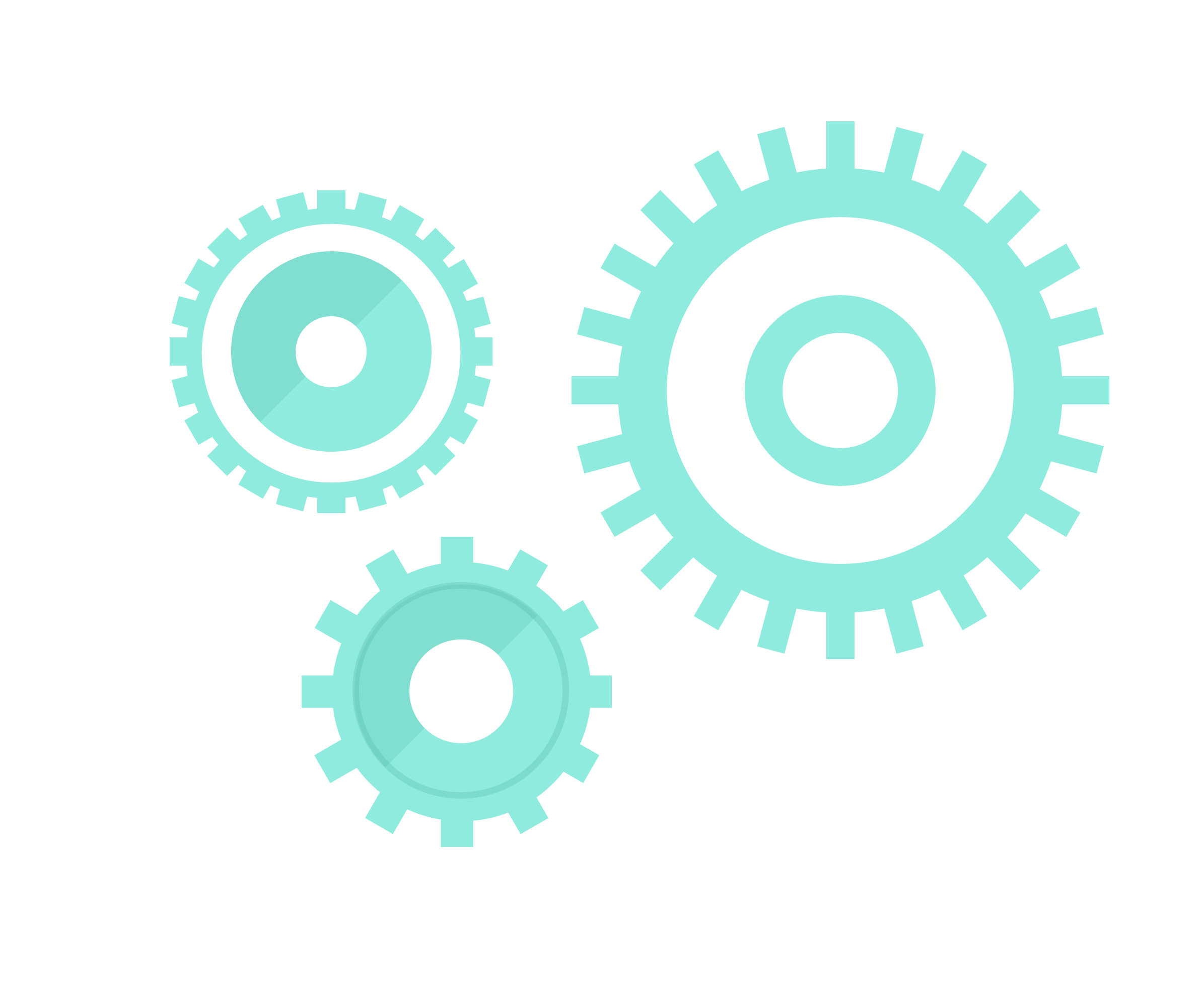Meaningful participation in government requires co-production, where citizens collaborate with government at all stages of decision-making on public issues. According to Daniel Atzmon from the Office of Public Safety in the City of Baltimore, “Good services are gonna be what people want or what people need. And the only way to understand what people need is to include them in the process of designing and implementing those services. Otherwise, you’re approaching it from the deficit perspective, which history’s shown doesn’t quite work out that well.” Co-production is a transformative tool for social change. From the most modest feedback on a plan to designing public policies, government should always think about its work as a form of co-production and collaborate with constituents.

Government-citizen collaboration can take many different forms; from a town hall meeting where the public provides feedback on a plan, to a 311 system (a telephone hotline and mobile app) that captures citizen reports, to a city-wide hackathon where the public can participate in making technologies to solve community-wide problems using government data sets. Each example is a form of co-production, where the end result of a citizen participation process is a decision, tool, or service that advances the work of government.
“Good services are gonna be what people want or what people need. And the only way to understand what people need is to include them in the process of designing and implementing those services. Otherwise, you’re approaching it from the deficit perspective, which history’s shown doesn’t quite work out that well.”
The countless opportunities for co-production may not only facilitate partnerships between community leaders and governments, but also help to create new opportunities to re-engage and recruit new members of the public into decision-making processes. For instance, the 311 system enables people who do not attend town hall meetings, for whatever reason, to express their concerns and stay up-to-date with community issues in an easier way. This widely accessible telephone service can also enable governments to understand a diversity of viewpoints other than the ones expressed by the loudest and most organized leaders or groups. Therefore, a combination of public engagement approaches that aim for a wide cross section of the community can holistically address community-wide concerns and values, and simultaneously engage more citizens in the planning and implementation of projects that significantly influence their lives.

Every public engagement process requires tradeoffs. Teams are necessarily going to have to make hard decisions about what’s important and how to invest time. It’s useful to think about the design of public engagement processes as falling into three categories: creativity, inclusivity, and transparency. Creativity is how creative a tactic is. Do you invest in a beautiful website, an interactive game, a performance? Inclusivity is the amount of effort you put into reaching those people who are the hardest to reach. Do you invest in new data sets, door-to-door canvassing, translation services? And transparency is how you communicate your process to others. Do you share all of your data? Do you put effort into visualization of decision-making? Do you invest in responding to every comment or request? While all processes should include creativity, inclusivity and transparency, there will always be limited resources and there will always be hard decisions that have to be made about a process. It is important to be clear, however, about why you’re making the decisions you make. These tradeoffs are simulated in the board game Chart the Course available online.
Things to Keep in Mind
- Co-production can take many forms, from civic technology applications, to a town-hall meeting, to a hackathon.
- Public engagement planning requires tradeoffs between three major areas: creativity, inclusivity, and transparency. It is important to be clear about what you’re prioritizing.
